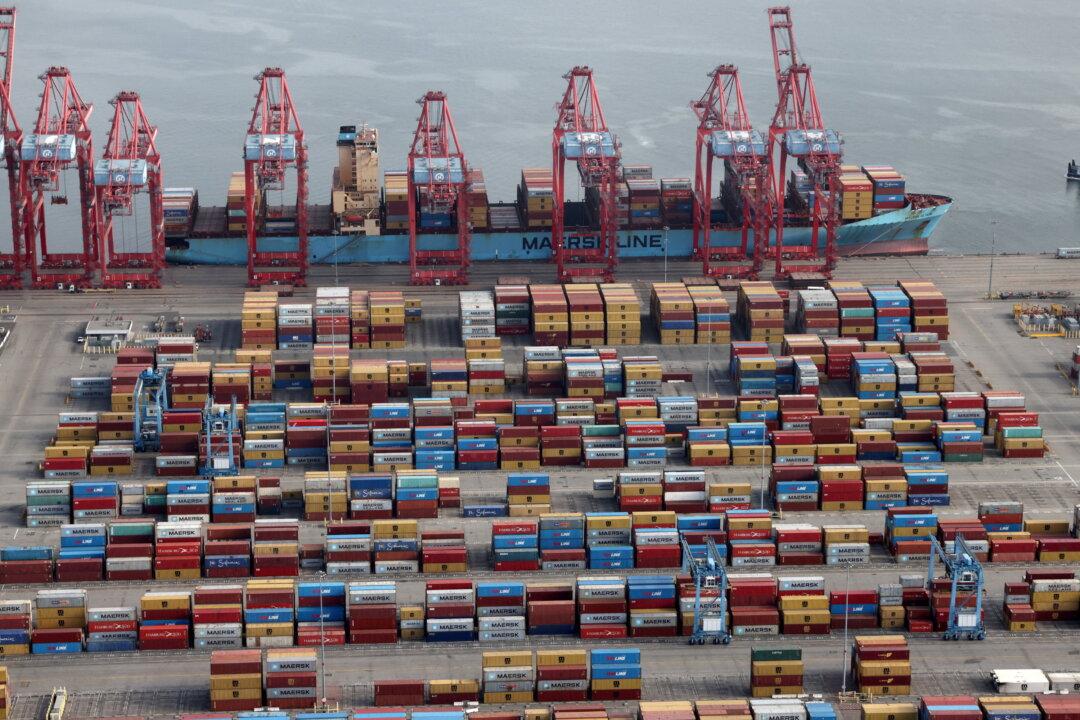The U.S. trade deficit rose in April to widen to a six-month high, potentially affecting second-quarter GDP growth.
The trade deficit for April 2023 rose by $14 billion, to $74.6 billion, according to a June 7 news release from the Bureau of Economic Analysis (BEA). This is 23 percent rise from March’s $60.6 billion deficit and is the biggest monthly jump since 2015—pushing the trade deficit to a six-month high level. Exports for April were at $249 billion, down $9.2 billion from March. Meanwhile, imports registered a $4.8 billion growth, to $323.6 billion. Some experts believe the widening trade gap could end up negatively affecting GDP growth during the quarter.





